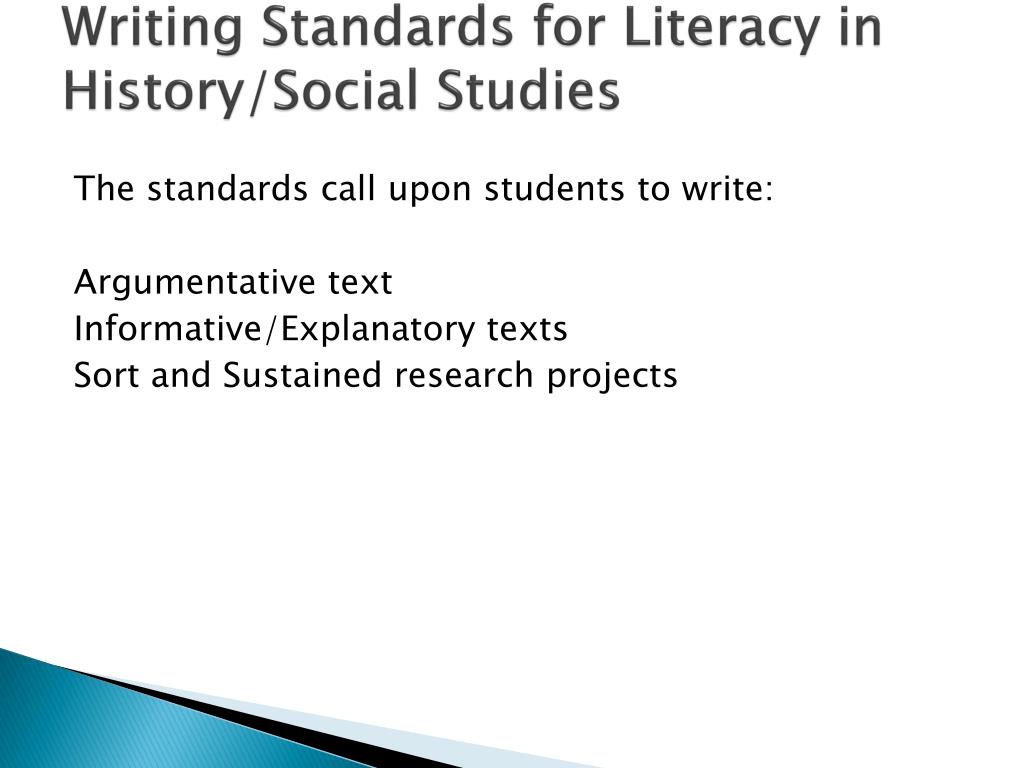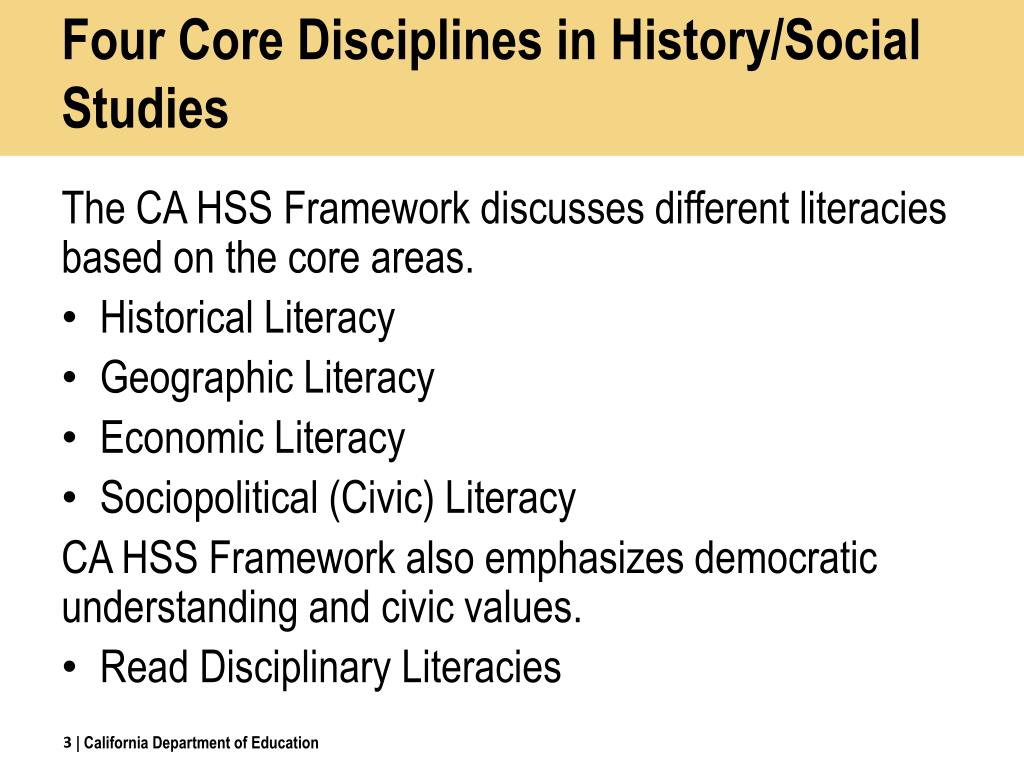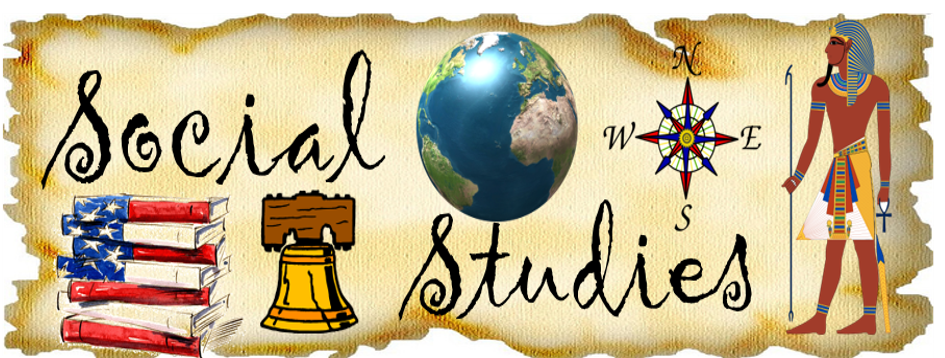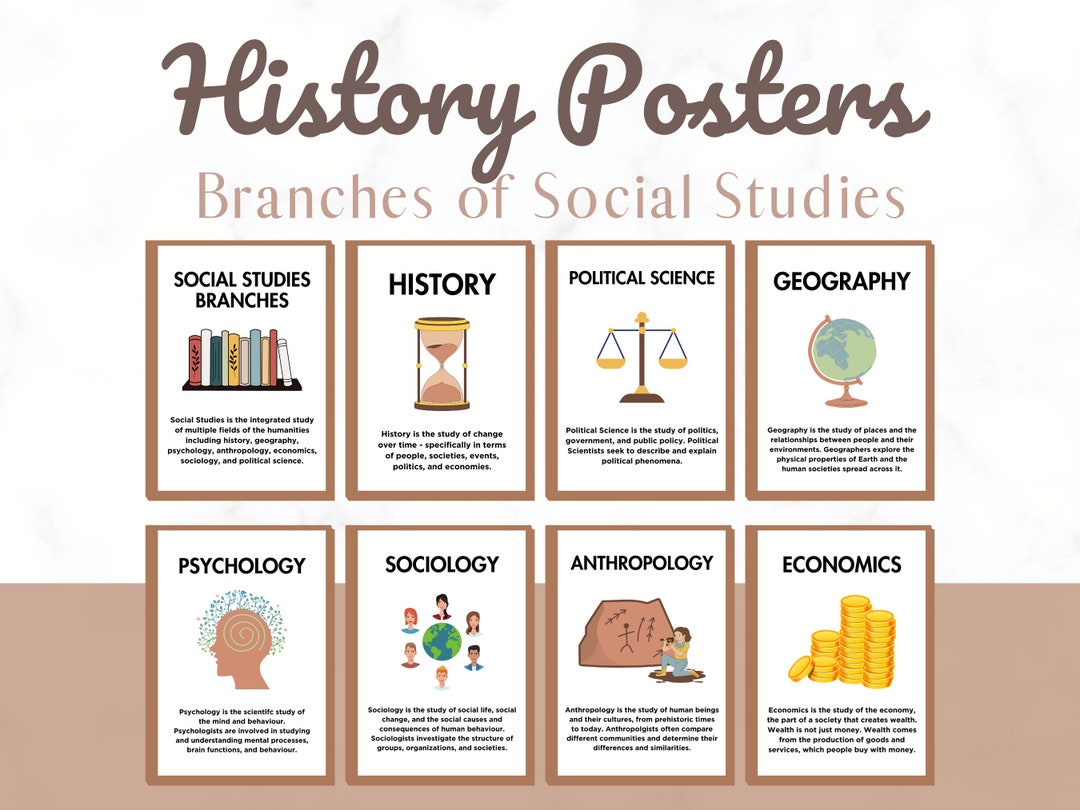Is History And Social Studies The Same Thing
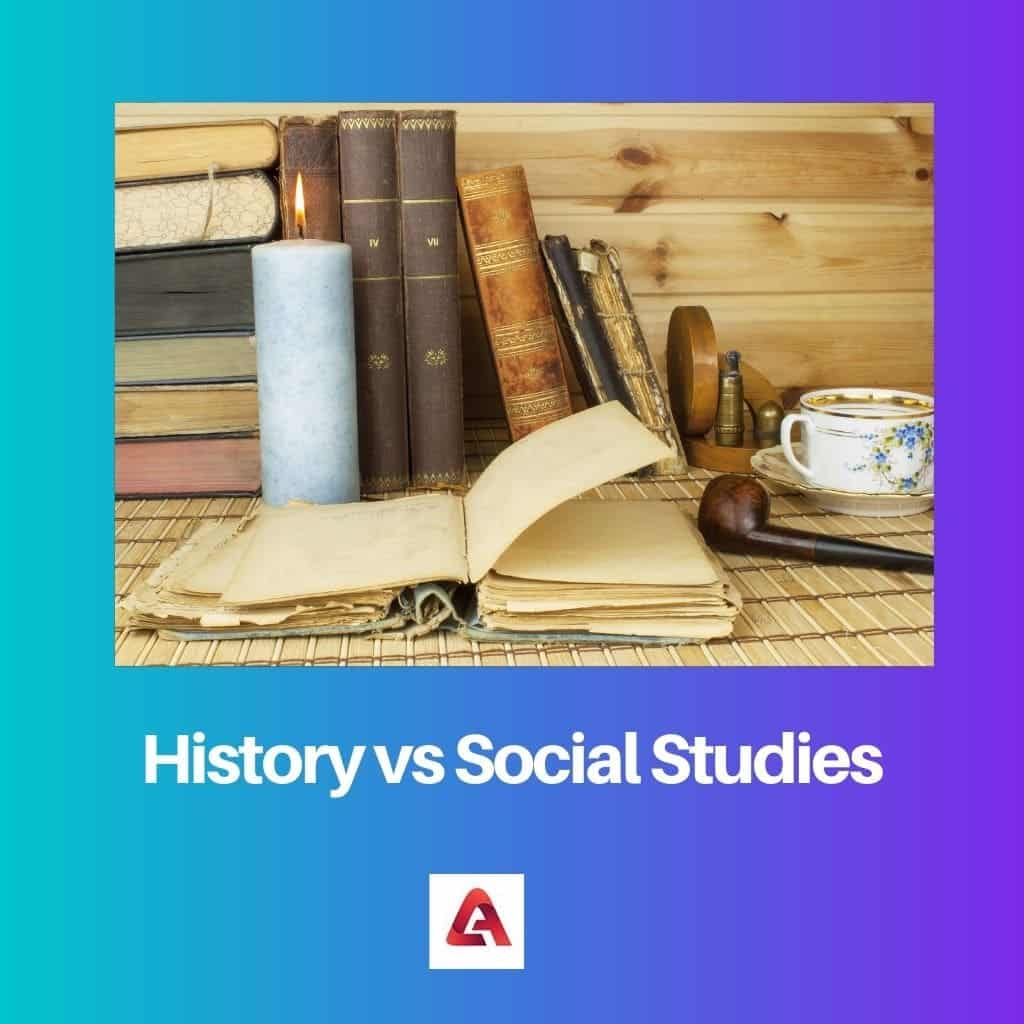
For many, the terms "history" and "social studies" are used interchangeably, often evoking memories of textbooks, timelines, and classroom discussions about the past and present world. But are they truly the same thing? A closer look reveals a nuanced relationship where history serves as a critical component of the broader, more interdisciplinary field of social studies.
The distinction, while subtle, has significant implications for curriculum design, educational goals, and ultimately, how students understand their place in society.
Defining the Terms
At its core, history is the study of the past. It involves examining events, people, and ideas from bygone eras to understand how they shaped the present. Historians meticulously analyze primary and secondary sources, seeking to reconstruct and interpret past realities.
Social studies, on the other hand, is a more encompassing field. It integrates various disciplines – including history, geography, economics, political science, sociology, anthropology, and psychology – to provide a comprehensive understanding of human society and its interactions. The National Council for the Social Studies (NCSS) defines social studies as "the integrated study of the social sciences and humanities to promote civic competence."
The aim of social studies is not just to impart knowledge but also to develop critical thinking, problem-solving skills, and a sense of civic responsibility.
History as a Component of Social Studies
History provides the chronological framework upon which social studies builds its understanding of the human experience. Without history, social studies would lack the context and depth necessary to analyze current social issues effectively.
For instance, when studying civil rights, historical context is essential to comprehend the origins of segregation, the struggles of activists, and the evolution of laws and policies. Understanding the historical roots of economic inequalities, political systems, and cultural norms allows students to critically evaluate contemporary society.
However, social studies goes beyond simply memorizing historical facts and dates. It encourages students to connect the past with the present and to explore the social, economic, and political forces that shape human behavior.
Key Differences in Scope and Focus
One of the key differences lies in the scope. History primarily focuses on past events, figures and trends.
Social studies, by contrast, incorporates a wider range of disciplines to analyze social issues and challenges. It encourages students to examine diverse perspectives and to engage in discussions about current events and policy debates. Social studies aims to prepare students to be informed and engaged citizens.
Consider the study of globalization. While history might explore the historical roots of trade routes and colonialism, social studies would also analyze the economic, political, and cultural impacts of globalization on different countries and communities, examining topics like international relations, economic inequality, and cultural exchange.
Implications for Education
The distinction between history and social studies has significant implications for curriculum development and instruction. History curricula typically focus on historical timelines, key events, and the development of civilizations.
Social studies curricula, on the other hand, often take a more thematic or problem-based approach, using historical knowledge as a foundation for exploring contemporary social issues.
This can be observed in various states' education standards. For example, the Common Core State Standards emphasize critical thinking skills applicable across disciplines, while state-specific social studies standards often highlight civic engagement and local history.
The way teachers approach these subjects also differs. History teachers may focus on historical analysis and interpretation, while social studies teachers often incorporate activities that promote civic participation, such as debates, simulations, and community projects.
Potential Impact on Students and Society
Ultimately, understanding the difference between history and social studies is crucial for preparing students to be informed and engaged citizens. A strong foundation in history provides students with the knowledge necessary to understand the roots of social issues.
The interdisciplinary approach of social studies equips them with the critical thinking, problem-solving, and communication skills needed to address these issues effectively.
By integrating history with other social sciences, social studies fosters a deeper understanding of the complexities of human society and promotes a sense of civic responsibility. This, in turn, can lead to a more informed and engaged citizenry, capable of addressing the challenges facing our world.




